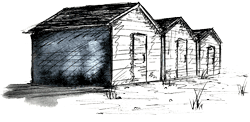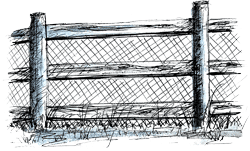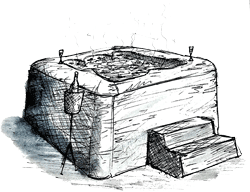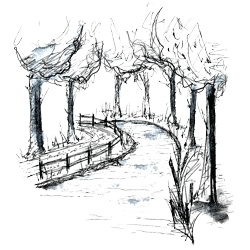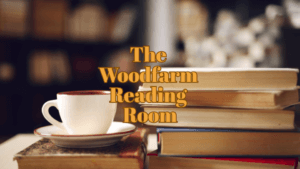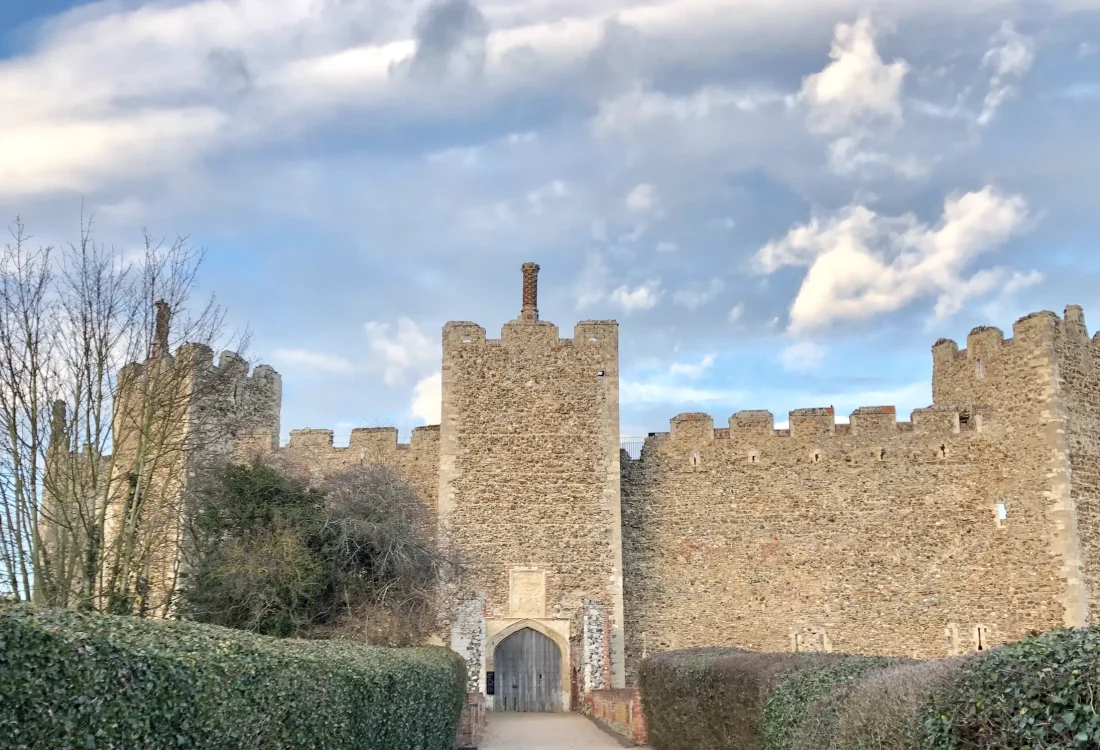
Castles in Suffolk
By Carl Scott
Woodfarm House is over 500 years old even though our Suffolk holiday cottage business has only been in existence since 2010. To match the farmhouse, the history of Suffolk goes back thousands of years, even as far back as the Stone Age! Standing tall amongst this rich history are some magnificent castles and we often get asked by our guests which ones they should visit. So here’s our mini-guide to the Castles of Suffolk.
The picturesque county where our Suffolk holiday cottage business is situated has been home to some fourteen different castles (that are known about); among these the two which are probably most worth visiting are Framlingham Castle and Orford Castle. These are the two ‘must-sees’ during your Suffolk holiday cottage break.
The most popular castles in Suffolk are without a doubt Framlingham and Orford, both with lovely little towns around them, but the others are all worth a visit to grab a little bit of history and again, picturesque little towns around them.
Framlingham Castle
Yes, it’s the one in the Ed Sheeran song ‘Castle on the Hill’. Framlingham Castle has been remarkably well preserved and is certainly worth a visit. It is a stunning example of a late 12th-century castle, surrounded by parkland and estates. It was once at the centre of a vast network of power and influence. Its owners for over 400 years were the Earls and Dukes of Norfolk, the supreme magnates in East Anglia – rich, ambitious and influential both at home and abroad.
History buffs, and fans of the popular TV program ‘The Tudors’ will know that Framlingham Castle is most famous for being the site where Mary I (or ‘Bloody Mary’) received the news, under dramatic circumstances, that she had been proclaimed England’s first ruling queen. Mary – who had been named as her brother Edward VI’s heir in Henry VIII’s will – had fled to Framlingham, pursued by the supporters of Lady Jane Grey, who wanted a Protestant on the throne. Her reign as monarch lasted just a short five years and much of her re-establishment of Roman Catholicism was reversed after her death in 1558 by her younger half-sister and successor Elizabeth I, however, Framlingham Castle itself still stands proud. This is a real favourite with our Suffolk holiday cottage guests.
You can find out more about the rich history of Framlingham Castle on The English Heritage website.
Orford Castle
Orford Castle is not only one of England’s most complete keeps, it is also one of its most unusual. The reasons behind the unique polygonal tower keep of Orford Castle are the source of much debate among historians. The fact that this keep has been so well preserved means that you can visit and experience it in all its grandeur, and who knows, maybe you’ll discover why it has such a remarkable design.
If you take a trip to Orford Castle then you will find plenty to explore. From the basement, through the lower and upper halls (including a display unit which features Roman brooches, medieval seals, coins and borough regalia) to the roof where there are magnificent views seaward to Orford Ness. Around the rooms is a maze of passages leading to the chapel, kitchen and other chambers in the turrets.
Audio tours are available, to help you make the most of your visit.
Check current prices and castle opening times on the website as they sometimes change.
The castle also houses the Orford Museum so check that website out too.
Bungay Castle
Less well preserved than Orford or Framlingham castles but still well worth a visit is Bungay castle. Bungay castle took some ten years to complete when it was build in the mid-twelfth century and even though it is not one of the largest castles in the country, it was built with walls between 5 and 7 metres thick and, standing more than 33 metres high, its creator Hugh Bigod could claim that it was one of the most impregnable fortresses in the kingdom.
You can see the remains of this impressive fortress without paying a ‘king’s ransom’. Owned by the castle trust, admission to Bungay castle is free, although donations are very welcome. There is also a cafe and a gift shop on-site to help you make the most of your day out.
Whilst you are there you could visit the Earsham Street Deli and pick up some Baron Bigod cheese. Be sure to tell them we brainwashed you into going!
Clare Castle
If you’re paying a visit to the beautiful town of Clare then why not pop by Clare Castle Country Park, just two minutes walk from the town centre.
The park, which is free to visit, contains what remains of the 13th Century stone castle keep which was built shortly after the Norman conquest of England. The keep itself, which was once home to Elizabeth de Clare, one of the richest women in England, is set upon its 70ft high motte overlooking the town. There are also inner and outer baileys, which are ideal areas for recreation and picnics. The inner bailey also contains the former Clare railway station and the goods yard, which operated for over 100 years, with the goods shed now housing displays and a railway goods van on a stretch of track.
A ‘history trail’ reveals the park’s secrets to visitors.
Eye Castle
Built around the same time as Clare Castle, Eye Castle is a Motte & Bailey medieval castle with a prominent Victorian addition.
The castle was sacked and largely destroyed in 1265, and now peace and tranquility reign where there was once war. Today the remains of the castle offer a relaxing place to visit and it has recently been restored and revamped. The restoration has opened up new areas to explore including a viewing platform offering wonderful views of the church, Eye and surrounding countryside for miles around.
The castle is open daily from Easter until the end of October. During the winter months, it is open on weekends only. There is also an Eye Castle App available on iTunes to help you make the most of your visit.




